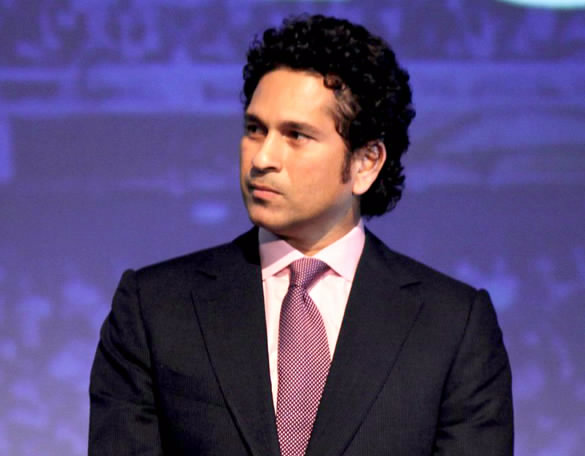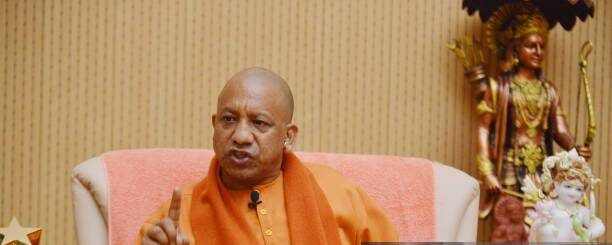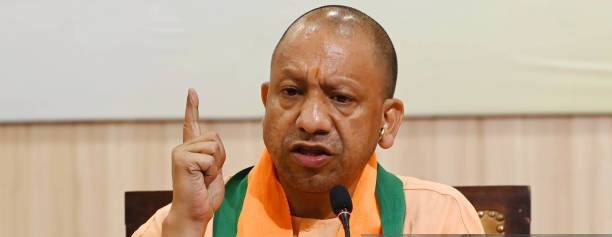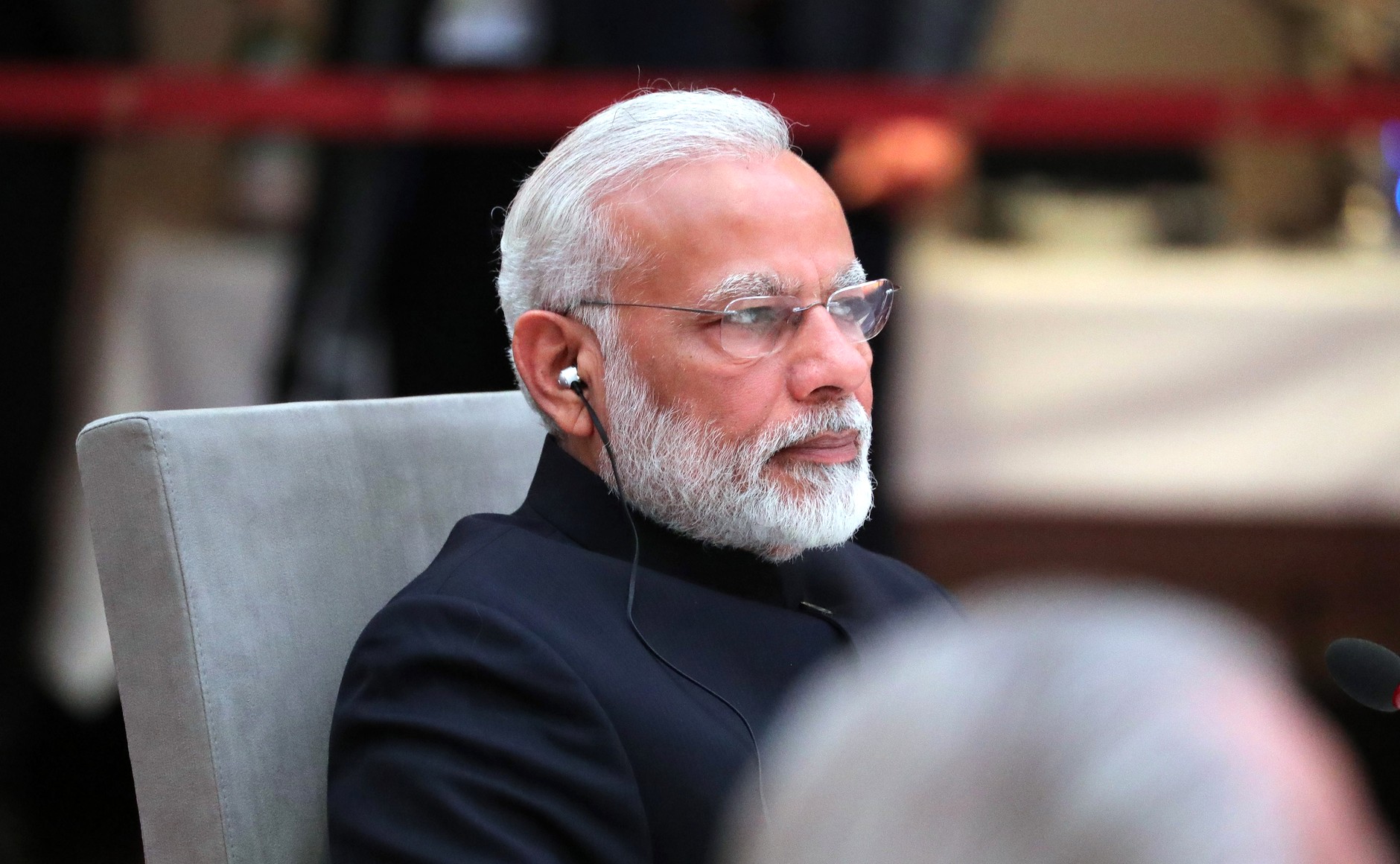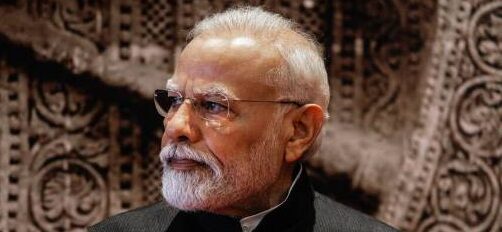Jeff Bezos: Visionary Entrepreneur Behind Amazon and Blue Origin
Jeff Bezos: The Visionary Behind Amazon and His Legacy

You May Like : Indian Chief Minister :Adityanath Yogi Life Journey Facts
Early Life and Education
Jeffrey Preston Bezos, known globally as Jeff Bezos, was born on January 12, 1964, in Albuquerque, New Mexico, United States. He was born to a teenage mother, Jacklyn Gise, and his biological father, Ted Jorgensen. When Jeff was four years old, his mother married Miguel Bezos, a Cuban immigrant who adopted him and gave him the Bezos surname.
Bezos demonstrated an early passion for science and technology. His family relocated to Houston, Texas, where he attended River Oaks Elementary School. Later, they moved to Miami, Florida, where he attended Miami Palmetto Senior High School. As a high school student, Bezos showed a keen interest in computers and won the Silver Knight Award for his academic excellence.
In 1986, Bezos graduated from Princeton University with a Bachelor of Science in Electrical Engineering and Computer Science. His academic prowess was reflected in his membership in Phi Beta Kappa, a prestigious honor society. After graduation, Bezos worked in the financial technology sector on Wall Street, where he quickly rose through the ranks.
The Birth of Amazon
In 1994, Jeff Bezos founded Amazon from a garage in Bellevue, Washington. Inspired by the rapid growth of the internet, he left a lucrative career at a hedge fund to launch an online bookstore. Initially called “Cadabra,” Bezos later renamed the company “Amazon,” inspired by the vast and meandering Amazon River.
Amazon’s first book was sold in 1995, marking the beginning of an e-commerce revolution. By prioritizing customer satisfaction, competitive pricing, and innovation, Amazon quickly expanded its product categories beyond books. Bezos introduced the “customer obsession” philosophy, which became the foundation of Amazon’s corporate culture.
The company’s growth accelerated when it went public in 1997. Bezos reinvested profits into expanding Amazon’s offerings, including electronics, clothing, and cloud computing services. Amazon Web Services (AWS), launched in 2006, became a major revenue driver and positioned Amazon as a leader in cloud computing.
Leadership Style and Vision
Jeff Bezos is known for his relentless focus on long-term innovation and customer satisfaction. His leadership style emphasizes high standards, operational efficiency, and data-driven decision-making. Bezos famously introduced “two-pizza teams,” ensuring small, agile groups could innovate efficiently without bureaucratic delays.
His bold decisions, including the launch of Prime Membership in 2005, transformed customer loyalty. Amazon Prime offered fast shipping and exclusive content, attracting millions of subscribers globally. Bezos also invested heavily in automation and artificial intelligence to streamline logistics and enhance the customer experience.
Bezos’s “Day 1” philosophy emphasizes maintaining a startup mindset, even as a trillion-dollar enterprise. This approach fosters continuous innovation and adaptability, which remains central to Amazon’s success.
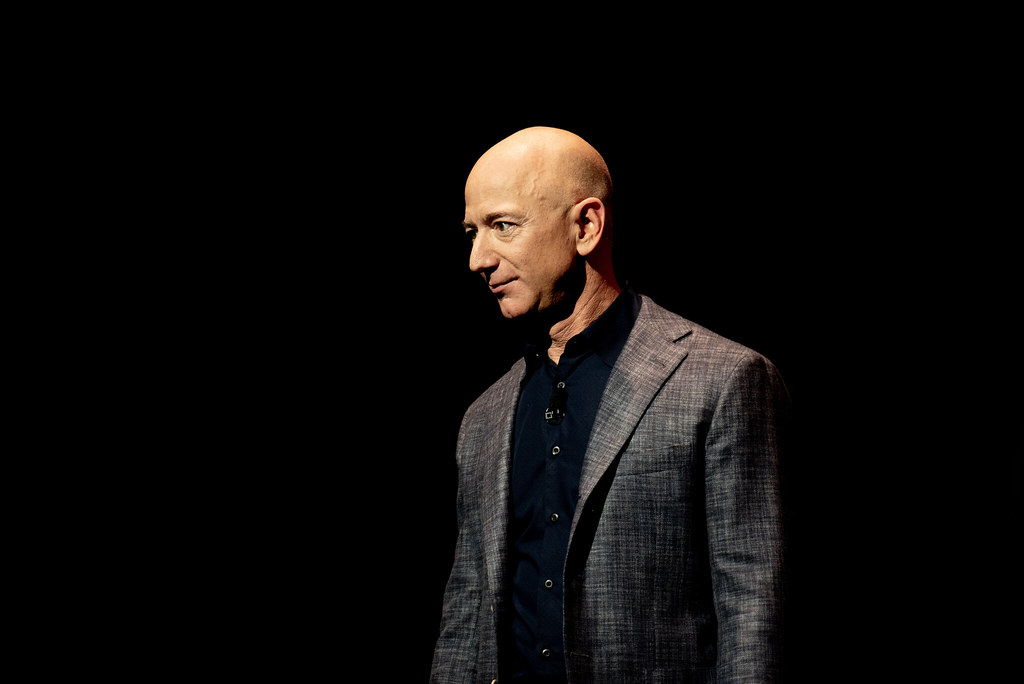
Personal Life and Relationships
Jeff Bezos married MacKenzie Scott (née Tuttle) in 1993. The couple met while working at a hedge fund and married shortly thereafter. They have four children, including three sons and a daughter adopted from China. After 25 years of marriage, Bezos and MacKenzie divorced in 2019. As part of the settlement, MacKenzie received 25% of their Amazon stock, valued at approximately $38 billion.
Following his divorce, Bezos began a public relationship with Lauren Sánchez, a television personality and former news anchor. The couple has been seen together at various public events and continues to attract media attention.
Bezos’s Wealth and Business Ventures
Jeff Bezos’s net worth is estimated to be over $190 billion, making him one of the wealthiest individuals globally. Much of his wealth is tied to his Amazon shares, which have appreciated significantly since the company’s founding.
Beyond Amazon, Bezos has diversified his investments. In 2000, he founded Blue Origin, a private aerospace company dedicated to making space travel accessible. Blue Origin’s mission, “For the benefit of Earth,” reflects Bezos’s long-term vision of space colonization and preserving Earth’s resources.
Bezos also acquired The Washington Post in 2013 for $250 million. Under his ownership, the newspaper has embraced digital transformation, expanding its global readership while maintaining journalistic integrity.
Through his venture capital firm, Bezos Expeditions, he has invested in a range of companies, including Airbnb, Uber, and healthcare innovations. These investments align with his forward-thinking approach to technology and business.
Philanthropy and Social Impact
While criticized for his perceived slow commitment to philanthropy, Bezos has increased his charitable contributions in recent years. In 2020, he launched the Bezos Earth Fund, pledging $10 billion to combat climate change and support sustainable initiatives. This fund aims to drive innovation and policy changes addressing environmental challenges.
Additionally, Bezos Day One Fund, announced in 2018, supports initiatives focused on homelessness and early childhood education. The fund provides grants to organizations improving shelter and access to quality education for underserved communities.
His philanthropic philosophy mirrors his business approach: long-term impact through strategic investments and innovative solutions.
Stepping Down as Amazon CEO
In February 2021, Jeff Bezos announced his decision to step down as Amazon’s CEO, transitioning to the role of Executive Chairman. Andy Jassy, who led Amazon Web Services, succeeded him as CEO. This leadership transition allowed Bezos to focus on other ventures, including Blue Origin and his philanthropic initiatives.
Despite stepping down, Bezos remains actively involved in Amazon’s strategic decisions and continues to shape the company’s future. His influence on global commerce and technology is undeniable.
Legacy and Global Influence
Jeff Bezos’s legacy extends beyond his role at Amazon. He revolutionized e-commerce, redefined customer service, and pioneered advancements in cloud computing. His impact on global retail and digital services has transformed how people shop, work, and interact with technology.
Bezos’s vision for space exploration through Blue Origin could shape the future of human life beyond Earth. His belief in innovation, long-term thinking, and continuous improvement sets a powerful precedent for entrepreneurs worldwide.
As a business magnate, philanthropist, and visionary, Jeff Bezos’s journey from a garage startup to leading one of the world’s most valuable companies is a testament to the power of ambition and perseverance.
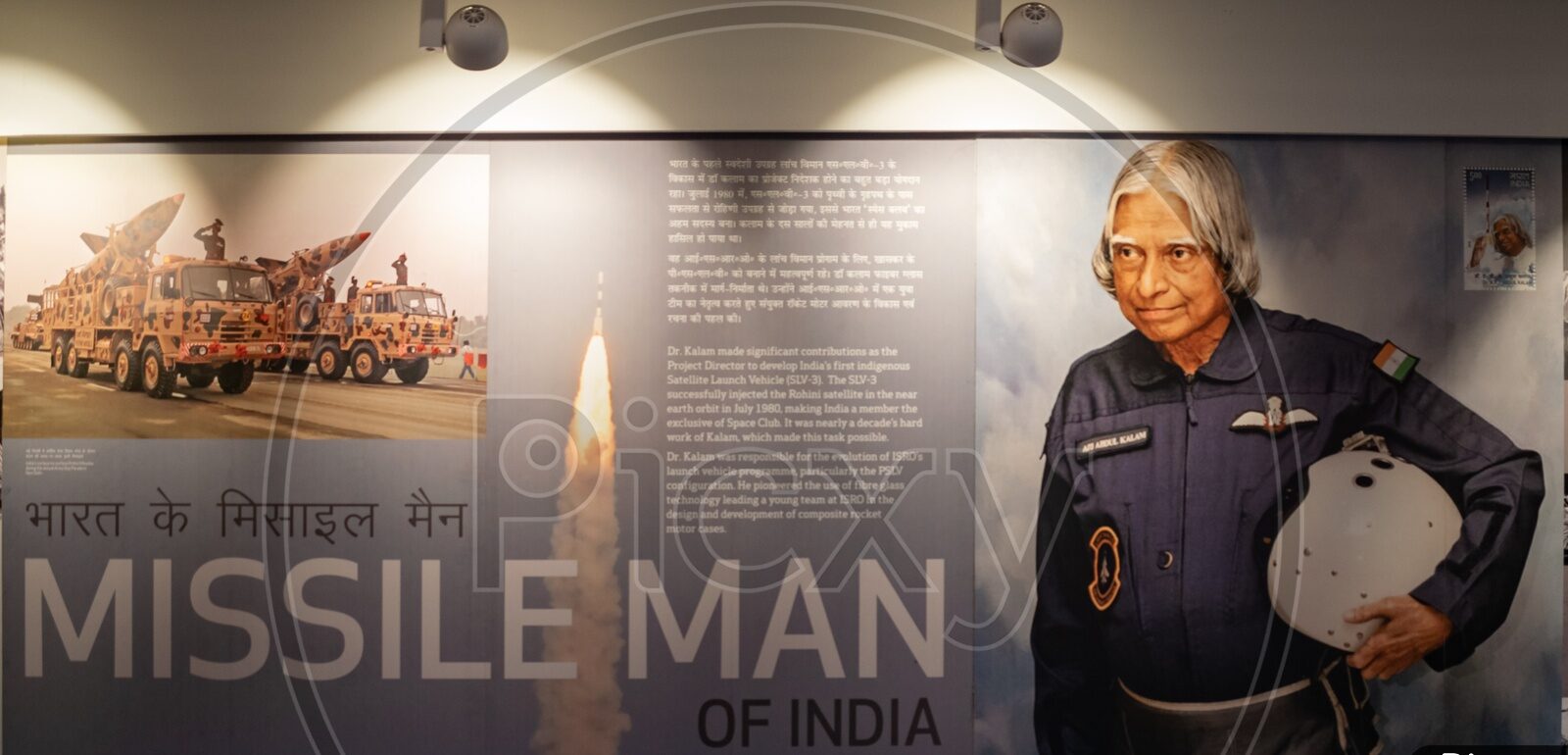
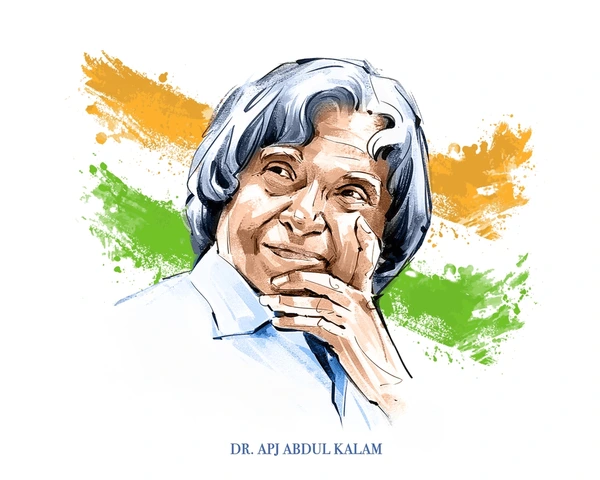
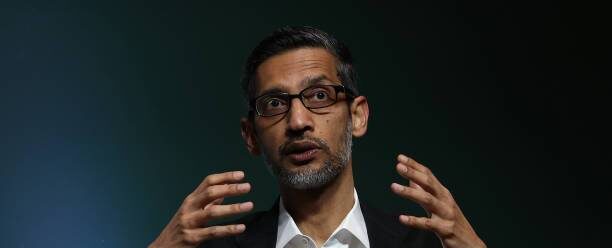
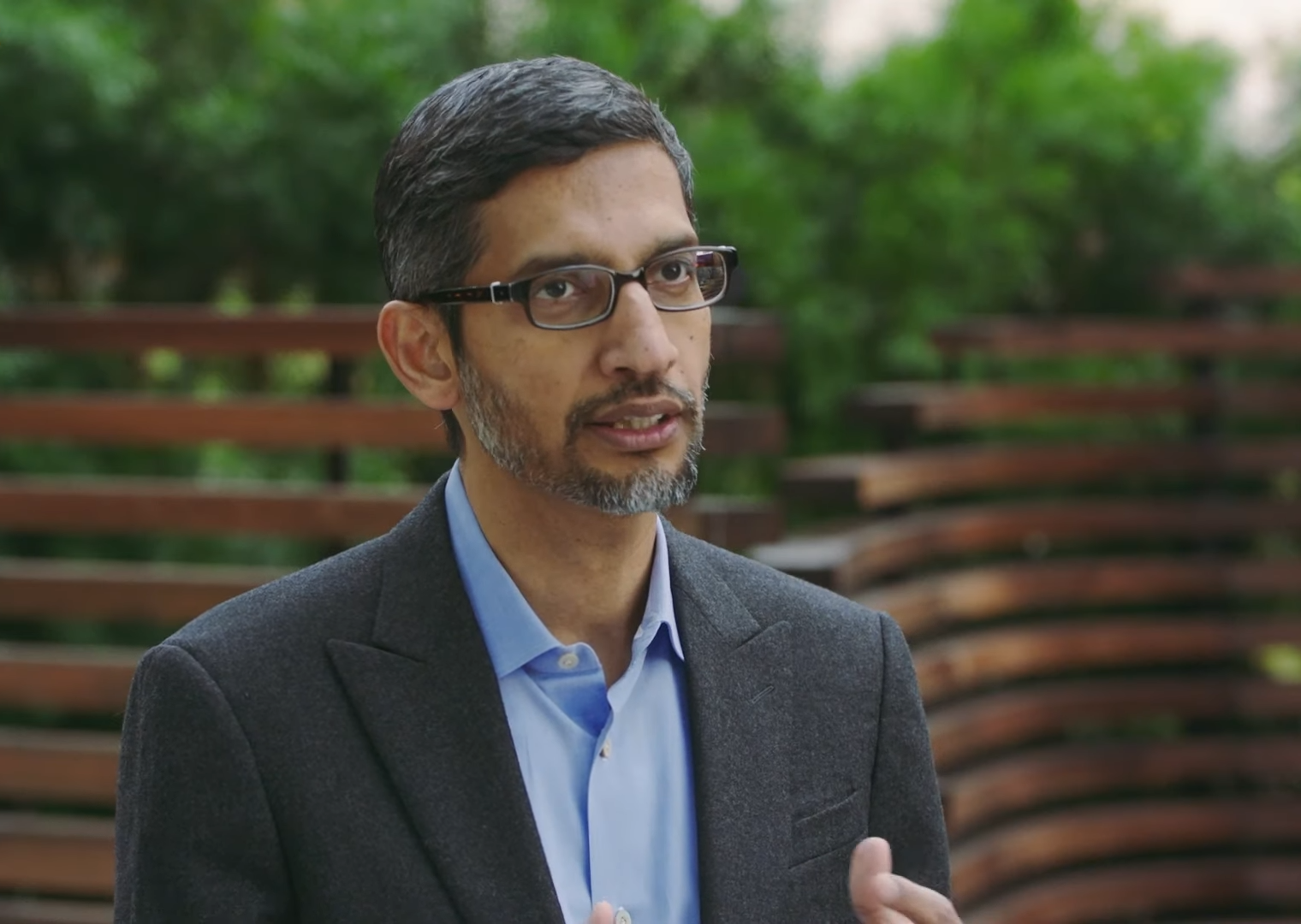
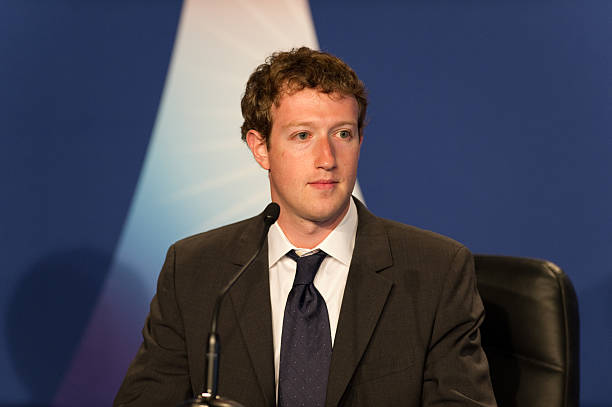
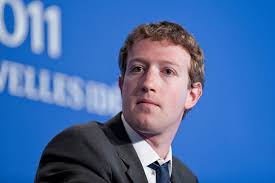
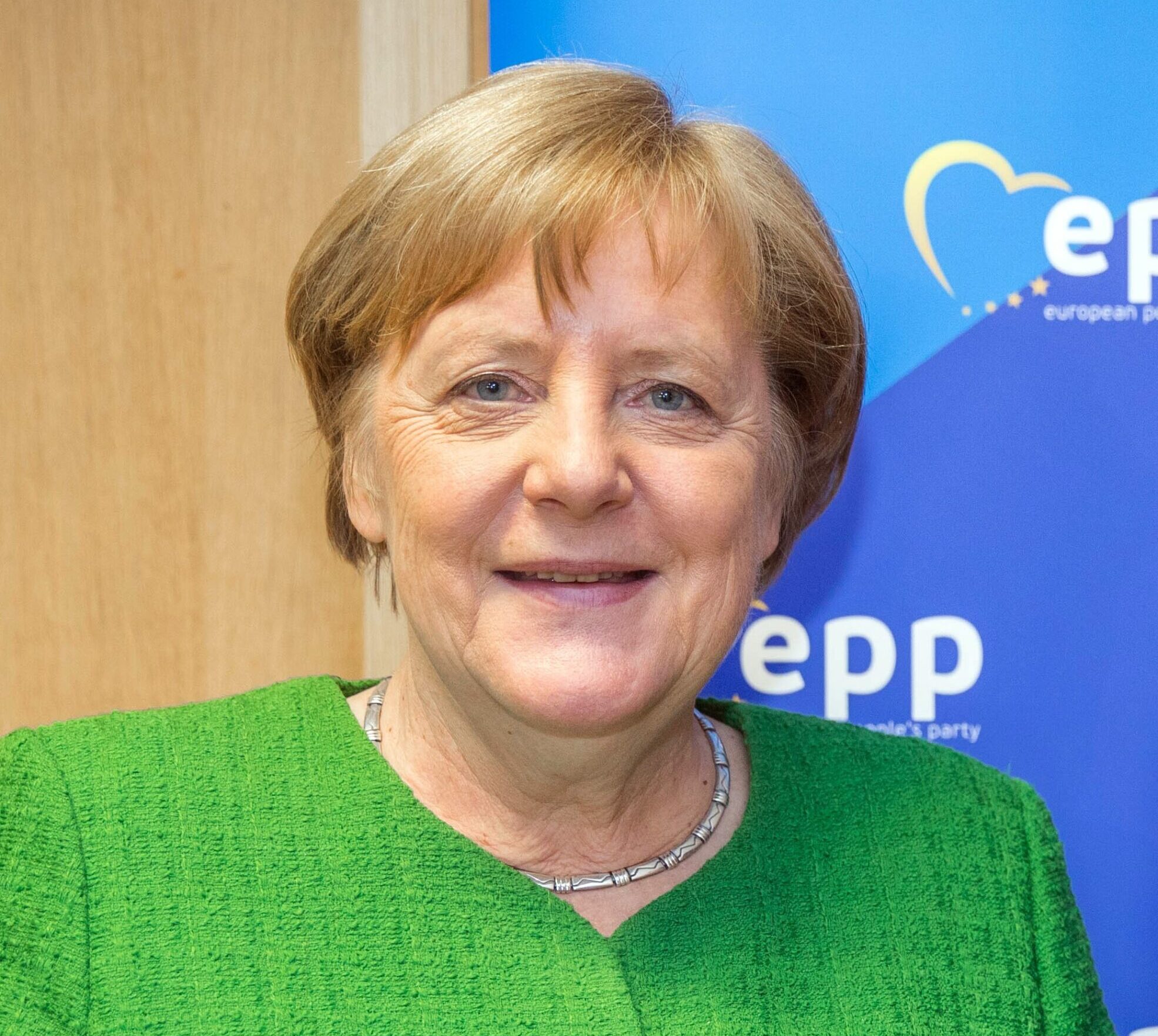
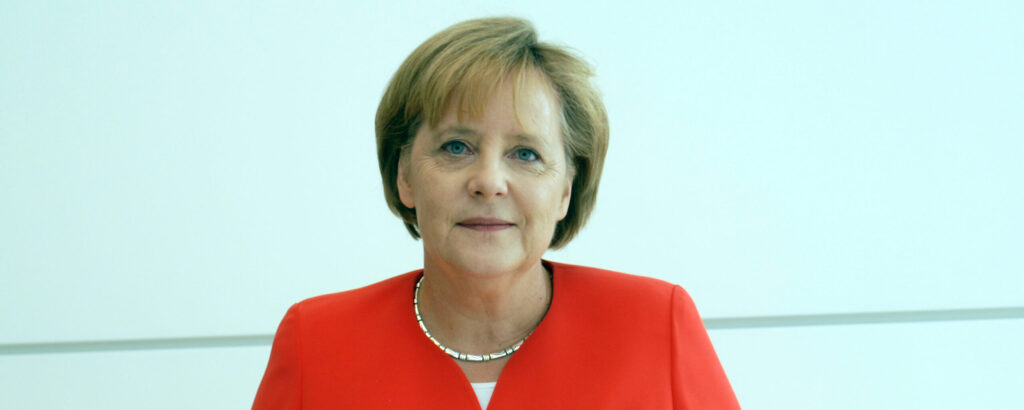


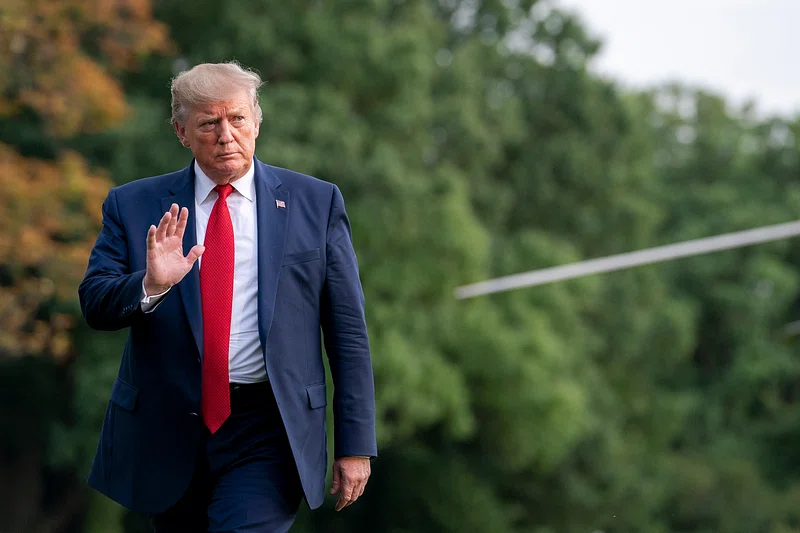
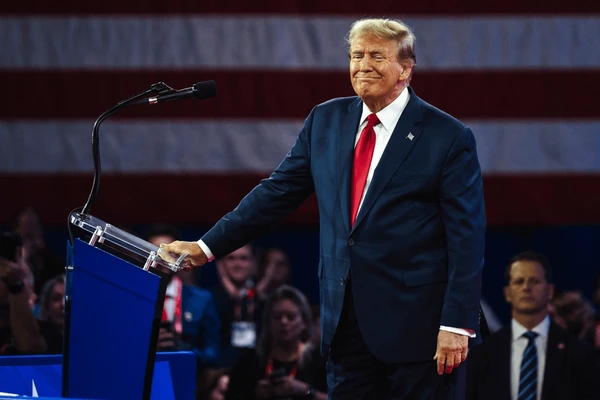
 Sachin Tendulkar: The Legendary Journey of Cricket’s Master Blaster
Sachin Tendulkar: The Legendary Journey of Cricket’s Master Blaster